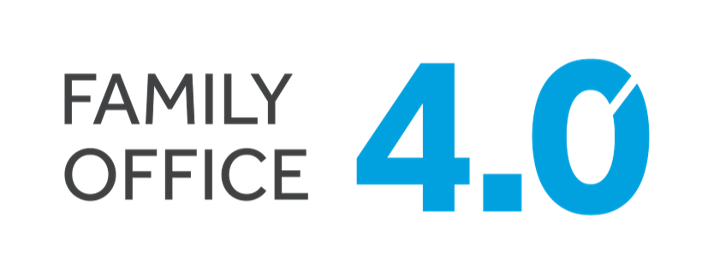That lasting legacy you’ve dreamed of building? Dream no more.
While family offices can be shrouded in mystery, they are, in essence, a formalized method of organizing the day-to-day operations of a family. Primarily, they pool family wealth to invest optimally and manage risks. Such centralized wealth management is foundational for smooth succession and legacy building.
Private equity and venture funds typically follow an investment thesis plan focused on a ten-year horizon. Family office investments, on the other hand, are neither time-bound nor constrained by specific investment criteria. This allows them to be flexible and innovative in their investment decisions.
In fact, 76% of single-family offices’ portfolios performed in line with or above expectations in 2020, despite the economic downturn[i]. Yet, principals do not pay much consideration to family offices due to the perceived costs. They feel that the quantum and complexity of their investments do not warrant a formal management structure.
A new price of admission
Technology advancements have enabled the Family Office 4.0 revolution. Cloud computing, data analytics, and remote working have made hybrid FOs accessible at a fraction of the cost. Families can further tap into on-demand professional services, who readily offer their services. Today, everyone can have a family office.
Set the ground rules
While setting up a family office has grown easier, there are a few decisions that principals need to keep in mind:
Investment opportunity
More often than not, a family office’s investments reflect the principal and their likes and dislikes. Periodic deliberation on wealth goals in the form of an Investment Policy Statement goes a long way in ensuring the family office is on track. They enable principals to ask the right questions to their advisors.
Operating sphere
How much of the family’s activities will be managed by the family office? Is the FO limited to investments only? Will it also oversee taxation, legal challenges, or charitable contributions? There are operational risks associated with moving any or all of these functions in-house. Ensuring proper governance structures and processes will help mitigate risks.
Rightfully collaborative
Working with large silos of financial advisors can complicate decision-making. Goals, vital to the family, maybe missed if they don’t fall under any specific professional’s purview. The family office can offer the oversight necessary to reduce such errors of omissions. Equally, important is not trying to do everything yourself. Having a pool of external advisors who provide timely recommendations is similarly beneficial.
Technologically empowered
Technology is instrumental in giving back control and visibility over family office wealth. It significantly reduces the scope for human error and enables faster strategic decision making. In every family, some members are more inclined to actively preserving and growing wealth, while others may see wealth as a way to fund their lifestyle. Finding common ground between these differing perspectives is necessary to avoid conflict.
Families need to take a comprehensive view of their assets and future investments, risk accumulation, legacy planning, and philanthropic activities. Family offices allow them to do this while avoiding the proverbial third-generation wealth trap — ‘rags to riches and back again in three generations’
We have compiled a first-of-its-kind Family Office Handbook that demystifies various family office functions and processes. Start there.
[i] Family Offices Are Billionaires’ Secret To ‘Riding Out 2020’s Storm’, Forbes, July 2020.
Learn how AV helps you build the next-gen Family office.





